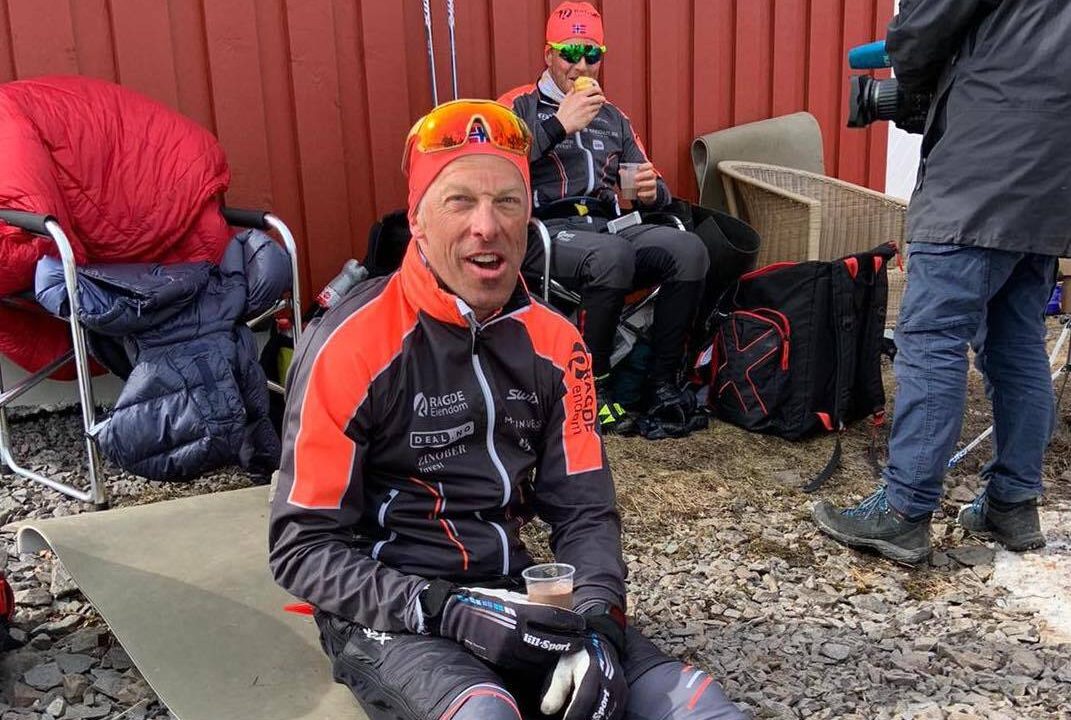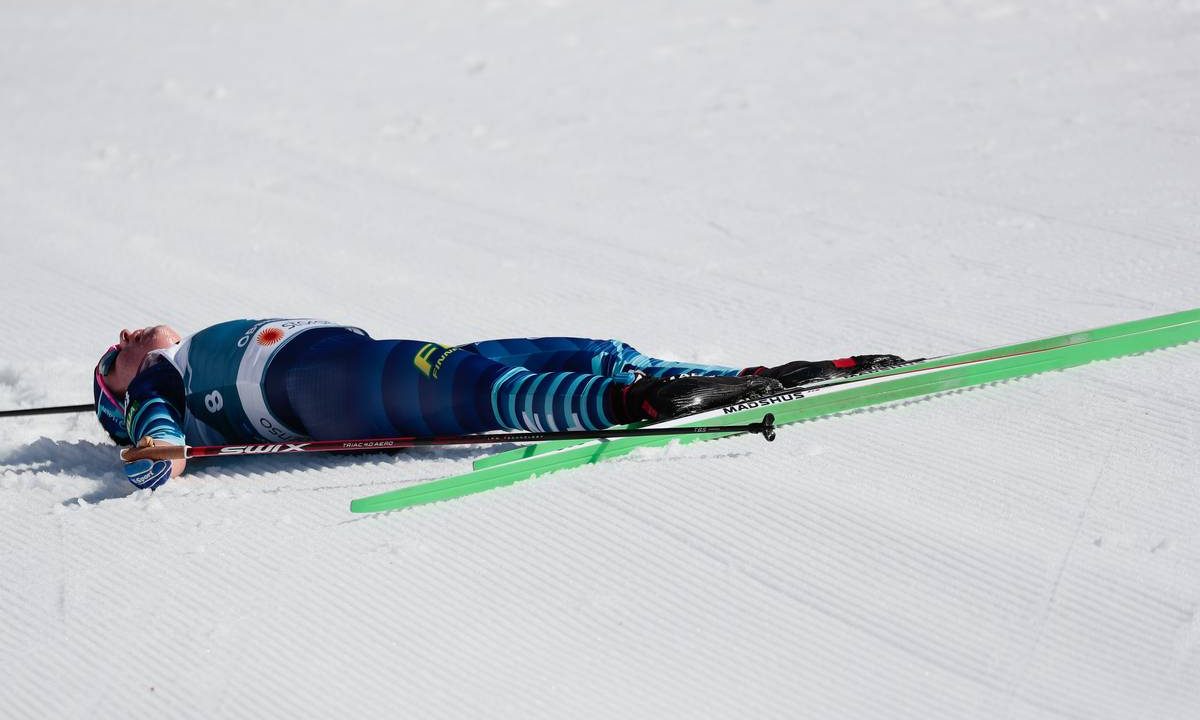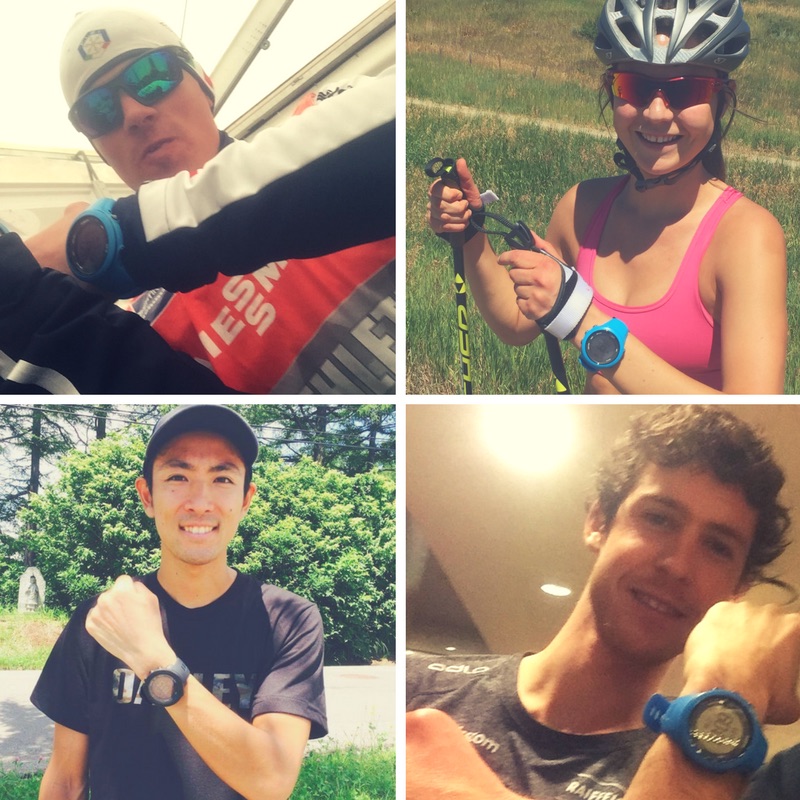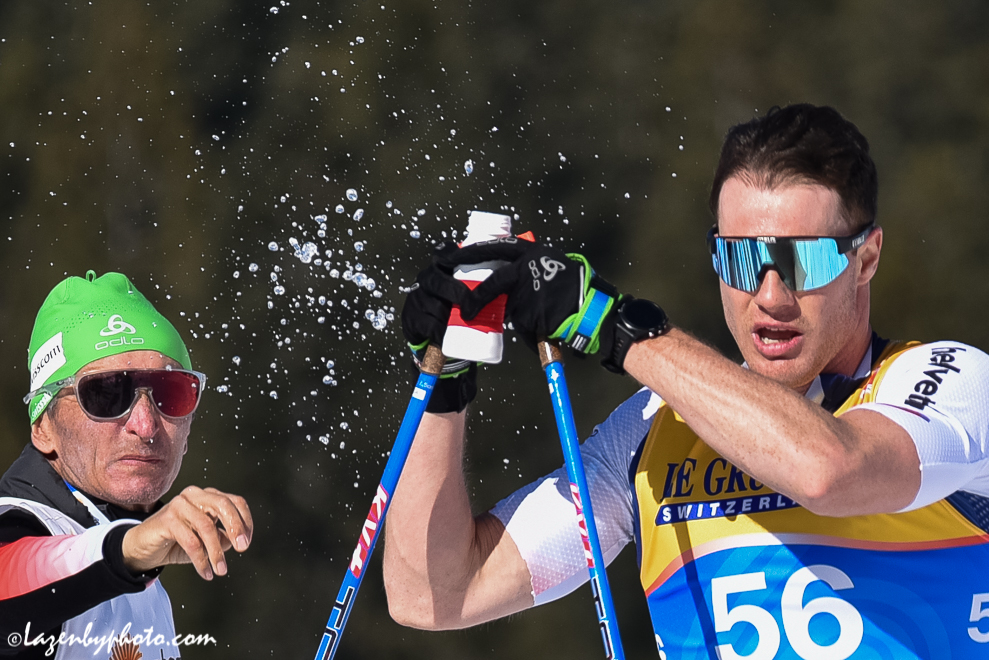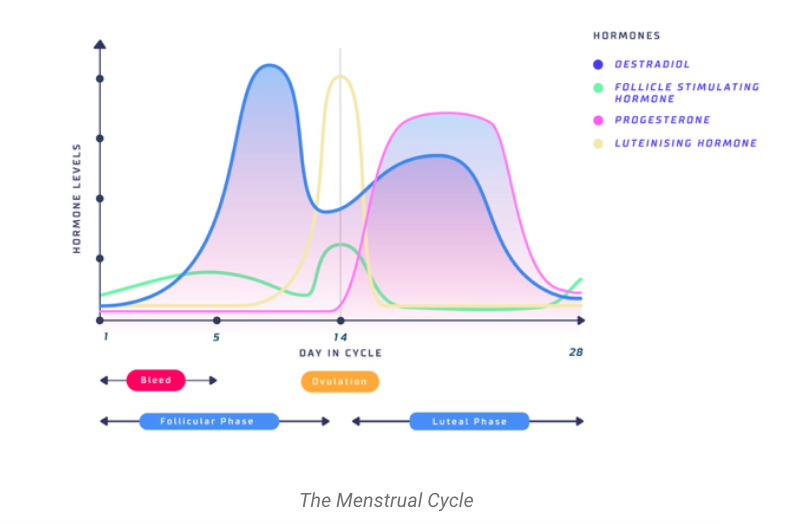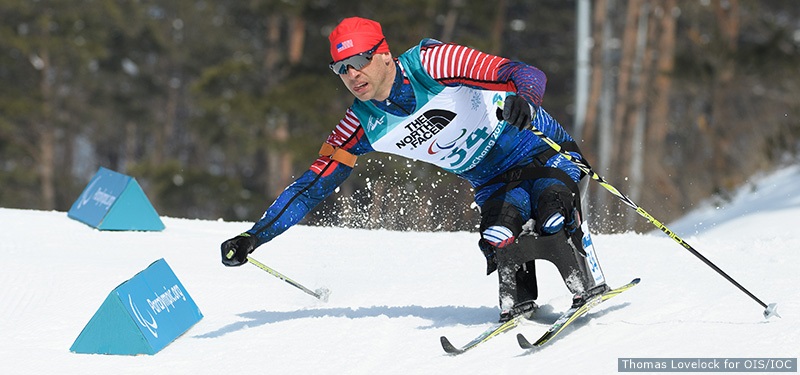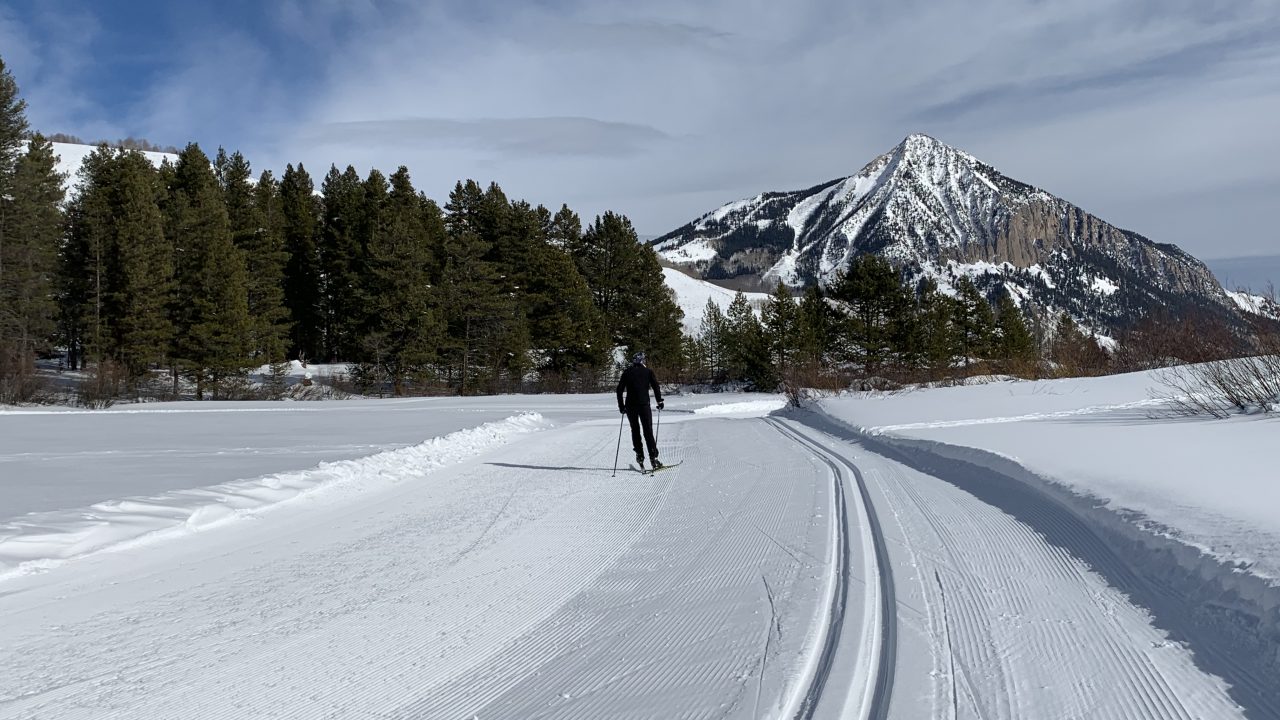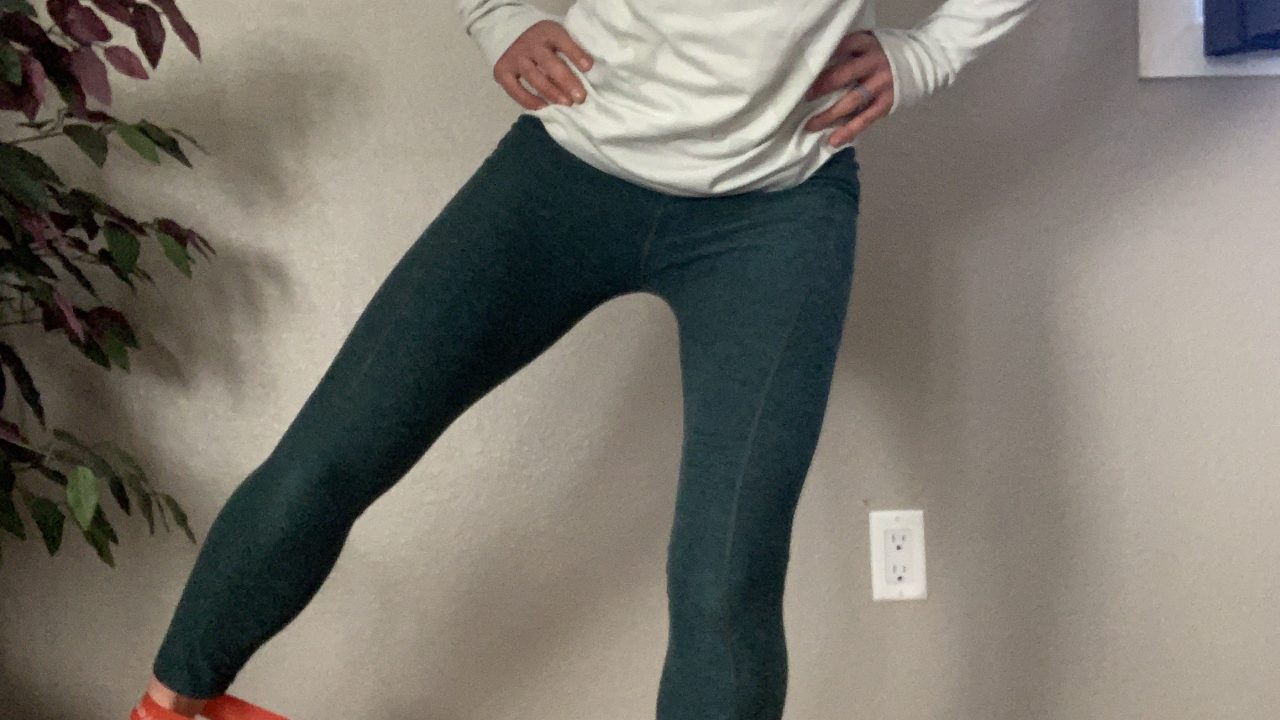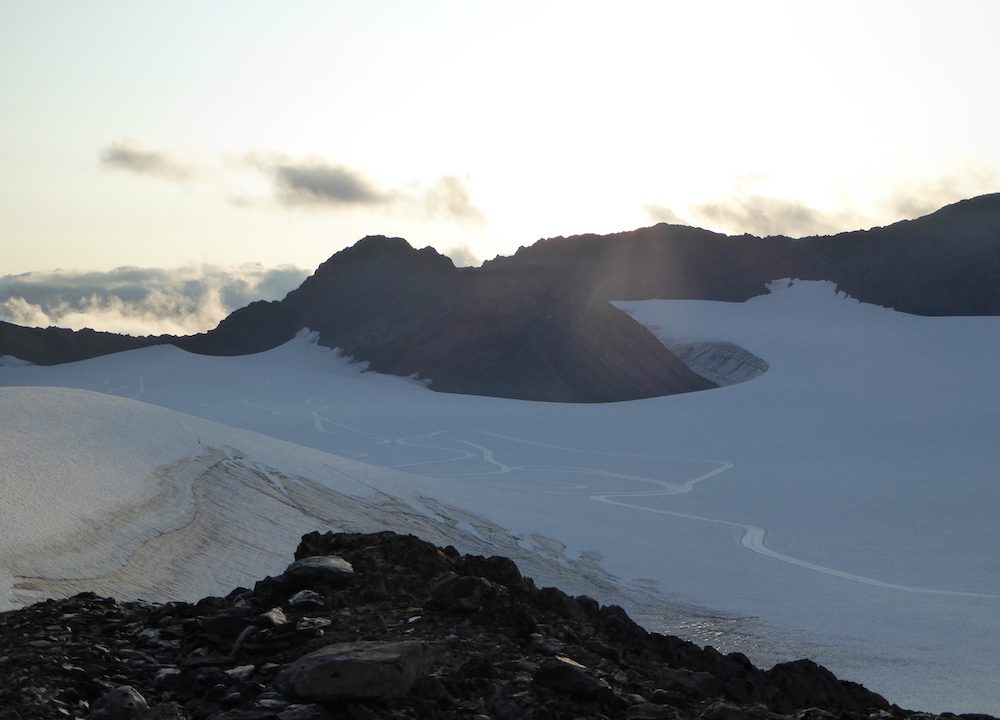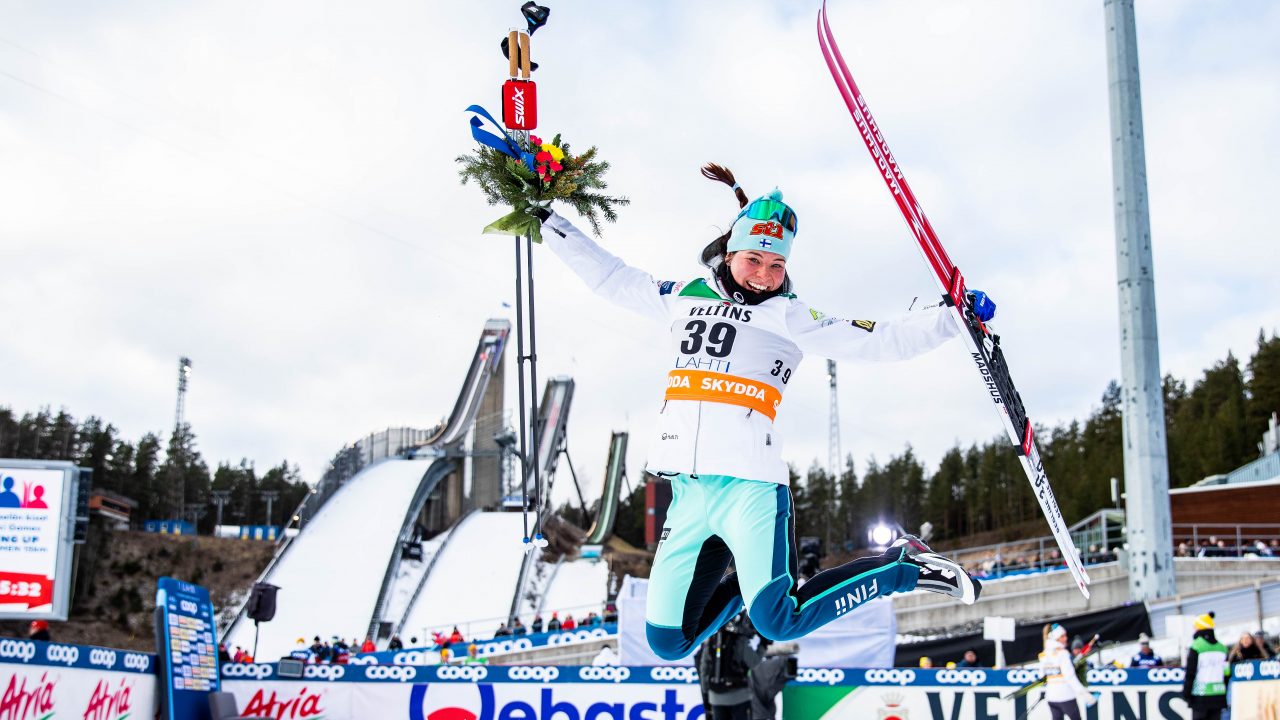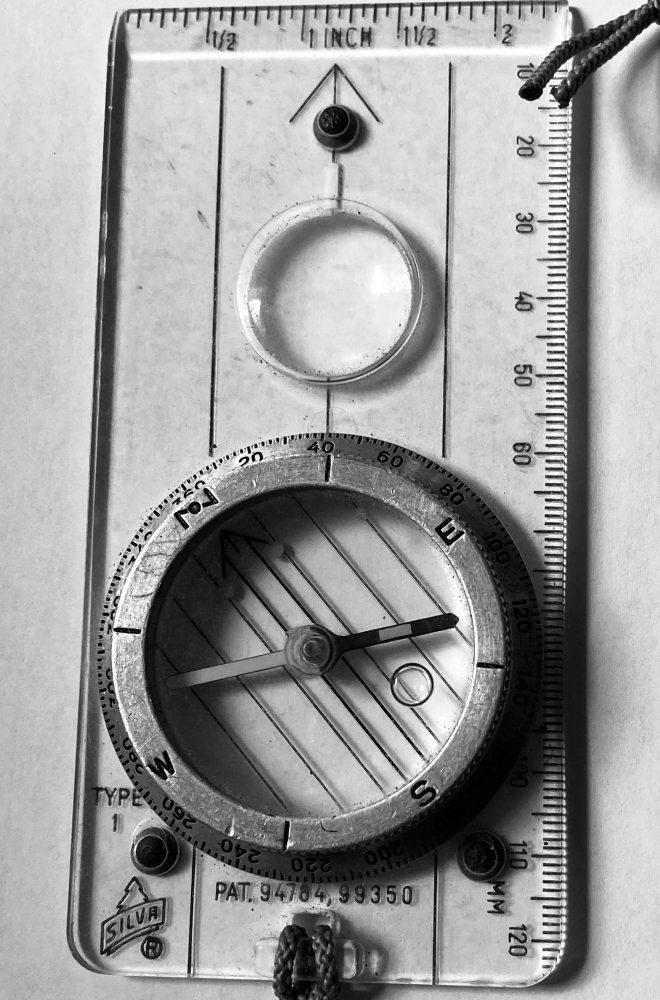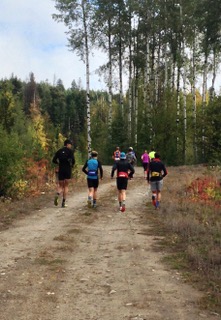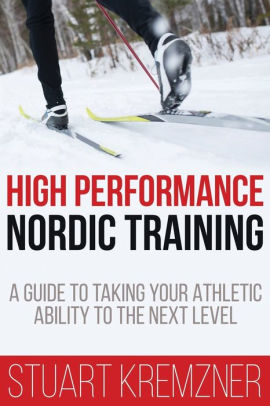Perhaps this winter you skied 50-kilometers in a day. Maybe you’re a real go-getter and you logged 100 k in one go. Or maybe you’re Gus Schumacher and you recently clocked 200 k in a single outing. Regardless of your season or lifetime distance record, you can be sure that it pales in comparison to what Anders Aukland of Norway achieved this past weekend. Between Saturday morning to late Sunday night, a period of 41...
HomeCategory
Training
There is really only one way to become a faster skier. Train. We will keep you inspired with training reports from the best around, as well as articles on specific workouts and suggestions on how to improve your own training. Use the links below to view articles in a specific sub-category, or srcoll down to view all Training articles.
Lung health in Nordic Sports study! Do you ever wonder if a bad cough or raspy voice after a ski race or biathlon race affects your lung health? Do you ever wonder how cold is too cold to train or race or other health factors like itchy skin or food allergies affect your lung health? Then your participation in this study will help researchers understand the full extent, type and causes of respiratory health...
Training and the Menstrual Cycle: Anonymous Survey Results from Elite American XC Skiers and Biathletes
Rachel PerkinsMarch 25, 2021
This article is part of a series regarding female athlete specific physiology and nutrition. To get started, you can find a primer on the menstrual cycle here and listen to this podcast on Nordic Nation discussing female athlete specific nutrition with registered dietician and professional runner Maddie Alm. The survey analyzed here is an extension of the conversation with Guro Strøm Solli on her research on female athlete specific physiology and effects that the menstrual cycle has on training...
Call for Survey Responses: Heart Rate and Age
Gavin KentchFebruary 19, 2021
Are you a well-trained endurance athlete? Do you know your resting heart rate, maximal heart rate, average weekly training hours, and – tough one here – age? If you’re reading this website, the answer to all four of those is probably “yes.” If you have a moment to spare, Stephen Seiler would like your help. Seiler is a longtime professor of sports science, currently at the University of Adger in Kristiansand, Norway. We’ve spoken with...
You’ve likely heard lots of different ideas about fueling and feeding on race day. When to eat, what to eat, and how to eat it – there are hundreds of opinions. Ultimately, it comes down to what you find works best for you; the gut can actually be trained to adapt to different diets and eating habits. However, current research does suggest some strategies that will optimize performance on race day. I’ll provide some answers...
This article provides an introduction to a series of interviews with professionals in sports nutrition and female physiology. Results from a survey regarding how elite US cross-country skiers and biathletes use insight into their cycles in their own training will also be analyzed and shared. An arguably essential component of developing as an athlete is learning how to listen to the signals one’s body sends. Am I skiing easy enough on my recovery days to...
U.S Paralympic Nordic: Making it Work Virtually
Jason AlbertDecember 28, 2020
With Para Nordic athletes scattered around the country, making the best of sub-optimal proximity to athletes has been a challenge. Coaches of the U.S. Paralympic Nordic Ski Team turned an eye towards utilizing virtual meetings for check-ins and a substitute for in-person coaching. According to Eileen Carey, Director of the Paralympic Nordic Ski Team, the team’s development athletes made use of the virtual sessions several times each week. Virtual meetings included “training sessions, camps, education...
We’ve reached mid-December. With any luck, your local trail system is beginning to fill in, you’ve scraped off your storage wax, and you’ve put in at least a handful of easy days getting reacquainted with your boards. Whether or not you rollerski during the summer, skiing on snow has its own jive and it’s normal to feel a little like Bambi your first few sessions. In my experience as a coach and masters athlete, I...
Developing Single-Leg Stability for Improved Glide
Rachel PerkinsDecember 11, 2020
If you’ve found your way here, you are likely familiar with the three tenets of cross country skiing: push off, weight transfer, and glide. Whether it’s diagonal stride in the track or V2 on the corduroy, your ability to experience a complete weight transfer, ride a flat ski, and carry momentum is heavily dependent on the stability of your standing leg. Why is developing that balance and stability a challenge? For those who choose...
Another mask to add to your wardrobe? By Alasdair Tutt MSc.
FasterSkierNovember 17, 2020
Another mask to add to your wardrobe? These masks will not provide protection from Covid-19, however, they may be key to preventing breathing problems into the future for cross-country skiers. Whilst it may not be news to any of the readers here, but cross-country skiing as a winter sport exposes us to some quite extreme conditions both in training and competition. The FIS cut-off of -4°F (-20°C) was primarily established to prevent cold-based injuries...
A Summer Without Snow: Athletes and Coaches on a Year with No Summer Skiing
Gavin KentchOctober 12, 2020
The koan that skiers are made in the summer has been around for longer than this website. The related truism, that summer snow time is necessary to effectively compete as a high-level skier come winter, also has a venerable history. For example, here’s Luke Bodensteiner, writing in Endless Winter about why he had journeyed to a place where “the weather sucks all year long” to ski on the Sognefjellet snowfields in August 1993: “We all...
As part of an ongoing webinar series, Nordiq Canada held a webinar titled Group vs Individual Training. Senior National Team athlete Dahria Beatty, National Team coach Erik Bråten, Para Nordic head coach Robin McKeever, and sports psychologist Jon Coleman were on the panel. For any person interested in learning about the yin-yang of individual versus group training sessions, the video, which runs nearly an hour, is well worth a viewing. Bråten, originally from Norway, was hired...
For someone who traditionally does not watch videos, I’ve been streaming my fair share lately: Some are mindless; some resonate. Of those that resonated, Coming Home – Ag Teacht Abhaile was a highlight. This trail running documentary follows Paddy O’Leary on his quest to complete the “self-navigated 115 kilometer Wicklow Round.” One cool aspect of Ireland’s Wicklow Round is the reliance on old-school tech: A map and compass. Runners navigate up and over 26 Wicklow...
It’s May. Yes, really. For most skiers, the new page on the calendar also marks the beginning of a new training year. Dust off your rollerskis, locate your heart rate strap and drink belt, and make sure your running shoes have plenty of life in them. With the country still predominantly on public health orders to stay close to home, avoid groups, and keep at least six feet of distance from those outside your home,...
Wednesday Workout: Strong From Home with Carolyn Parker of the Ripple Effect Training Center
Rachel PerkinsApril 29, 2020
Like many mountain towns, Carbondale, Colorado is a magnet for athletes. The definition of that word is used broadly — though there are plenty, it is not just home to the uber endurance junkie. Within 30 miles, you can find world-class rivers for whitewater kayaking or fly fishing, five ski resorts, a variety of rock climbing and bouldering objectives, and miles of single track to be run, hiked, or ridden. With this unbelievable backyard, we...
Ross McKinnon, Physiotherapist. Kelowna Manual Therapy Centre Nordic athletes will be transitioning to running over the next few weeks as the snow disappears and/or the ski trails shut down. Overuse injuries from running were the most commonly reported injuries in British Columbia Ski Team athletes in injury surveys completed in 2018 and 2019. The vast majority of these overuse injuries occurred in the General Preparation phase of the yearly training plan. Ski coaches...
You may have noticed that health concerns are on everyone’s mind these days. You may also have noticed that your favorite park/ski trail/hiking trail/bike path is unusually crowded, as a nation of stay-at-home individuals ventures out for fresh air and the undeniable health benefits that physical exercise provides. FasterSkier here compiles some recent popular scholarship on the topics of exercise best practices in the time of coronavirus. FasterSkier explicitly does not give its imprimatur to any...
A new reality is setting in. As a nation, we are isolating ourselves at home, minimizing our contact with others to flatten the curve. Depending on your geographical location, you may still have access to scarcely populated nearby ski trails, routes to run, or bike paths to ride while still socially distancing. However, with schools closed, gyms shut down, and the challenges of working remotely, you may be finding that maintaining your usual exercise routine...
Stuart Kremzner has published a new book with a bold title — High Performance Nordic Training: A Guide to Taking Your Athletic Ability to the Next Level. Kremzner is an exercise physiologist and nordic coach and also the author of the Bill Koch League leader manual, last updated in 2008. Training, even restricted to a single sport, is a complex topic with unending opportunities to dive into bewildering detail and unexplored research topics. Anyone who...

